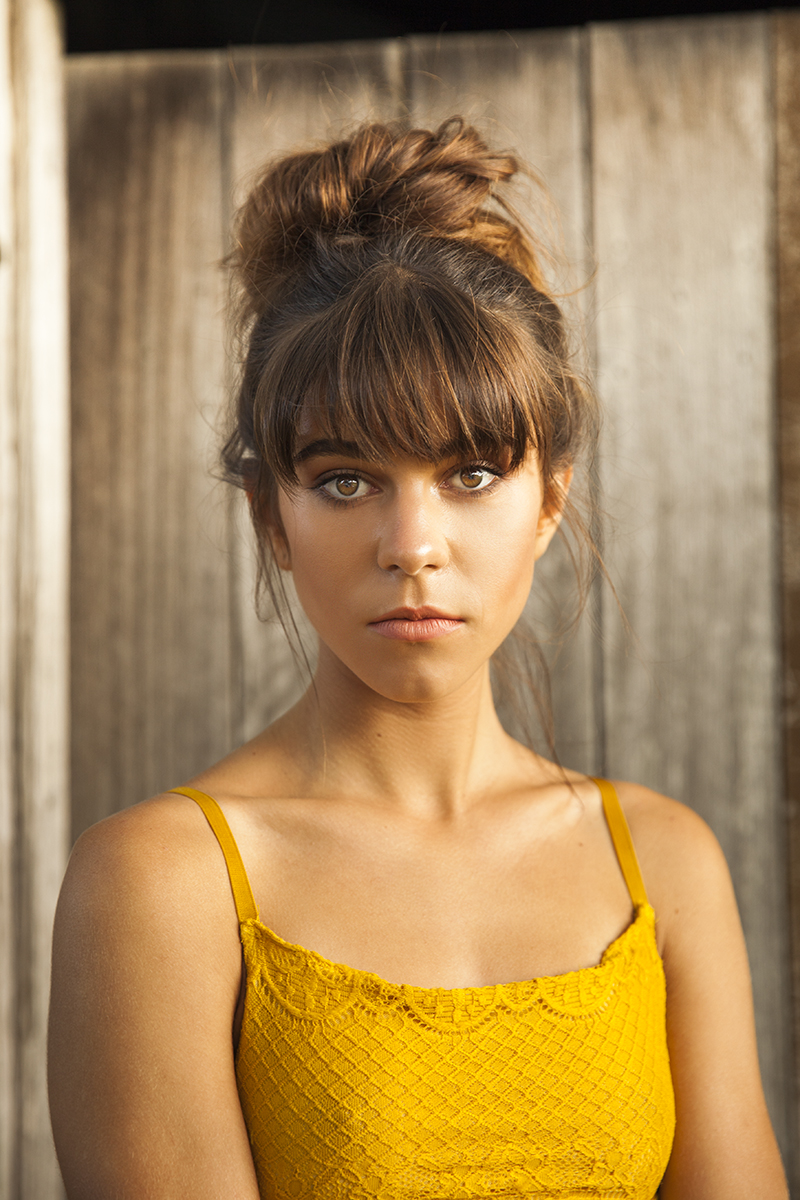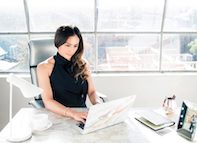The Beginner's Overview to Product Photography
If a picture deserves a thousand words, a magnificent product photo is worth a thousand internet site check outs. Although I don't have data to support that statement (yet), product photography can be extremely beneficial to your ecommerce website strategy.
To reach your target audience participants that choose buying online, you likewise require to provide your target market clear, appealing photos of your products.
However product photography isn't as simple as pointing as well as shooting. Also one of the most basic products require the right equipment, illumination, and space to generate lovely pictures that offer consumers right from the acquisition web page.
6 Product Photography Tips (and Instances) for Taking Pictures That Market
Right here are the tips, instances, as well as supplies you'll require to effectively photograph and also market your items in a manner that makes your site visitors as well as leads want to transform.
1. Do not be afraid to utilize your smart device's electronic camera.
This is the component where I'm intended to convince you to purchase a premium, 50-megapixel (MP) camera with a 100-millimeter screw-on lens. But I'm not going to do that.

If you already have a electronic camera that fits this summary, make use of it. But for numerous types of items, it's totally acceptable to fire product pictures on a smart device.
More recent mobile phones flaunt effective video camera lenses as well as settings that permit you to maximize your shots for the different kinds of light as well as environments you may shoot in.
If you need a lot more persuading, simply look into Apple's Shot On An iPhone project and the pictures that have actually resulted from it for many years such as this:
2. Fire from a tripod for photo consistency.
Prior to explaining tripods, I'm obliged to begin with a cardinal guideline: Don't prop your phone versus something tough to aim your lens toward the topic.
It's just also easy for this makeshift arrangement to move around during the shoot and also trigger inconsistencies in your pictures' look. If you relax your camera on, say, a stack of publications, simply make sure this plan doesn't change throughout the shoot.
There's no damage in holding your cam yourself when firing just a couple of product images for your ecommerce web site. However as your business expands, as well as you take a lot more pictures of even more products, it can be tough to standardize the product's orientation in each photo when firing portable.
To guarantee consistency across your items, you'll require a tripod. And also fortunately, buying one isn't constantly the huge, industrial-sized investment it used to be.
Here are two sorts of tripods to think about.

Traditional vs. Adaptable
This is a custom tripod-- there are typical tripods readily available for both video cameras and smartphones.
A adaptable tripod can be controlled in a variety of methods. You can flex its legs and put it on various surface areas to obtain the angle you require.
Mobile Grip
There's frequently a screw on the top of your tripod which attaches to your video camera to hold it in place. The underside of the majority of professional-grade cams has a screw hole just for this function, however mobile phones can make use of the following adapter:
The adapter holds the sides of your mobile phone and also can screw into either kind of tripod, permitting you to run the cam manages with the phone screen encountering exterior as well as towards you.
Once you determine which install you'll need, establish it up in front of your product, and also take into consideration putting three pieces of tape on the ground to mark where you 'd like to keep each leg of your tripod over the course of the shoot.
3. Pick natural light or synthetic light.
Never ever ignore just how certain kinds of light can enhance (or prevent) your product photography. Bear in mind, buyers get the very best take a look at an product face to face, where they can see everything they require to before investing in. The ideal illumination plan assists you expose those crucial decision-making product functions when all internet site site visitors have to go on is a photo.
A single lights setup might not work for every product-- a lights arrangement that benefits some products could compromise the appearance of others.
There are 2 kinds of light you can pick as your primary light source: natural and man-made light.
Natural Light
Natural light describes sunshine-- simple as that. It's also called "soft light" due to the fact that the sunlight casts a bigger, softer series of light than, claim, a light beaming directly on the product. Ecommerce product shots thrive in natural light if:
The product is shot outside or suggested to be used outside.
The product is utilized by, endured, or shot with a individual (people often tend to look far better in all-natural light).You're attempting to highlight the Visual Storytelling product's environments, rather than specific features of the product.
Right here's an example of a shot utilizing all-natural light:
Fabricated Light
Man-made light includes candles, fire, as well as extra typically, light bulbs. It's also described as " tough light" since it creates a smaller sized yet a lot more concentrated light surface. This kind of light caters to items with physical details that need to be highlighted to impress an online consumer.
As a basic regulation, adhere to just one type of light per photo-- natural or artificial. Adding all-natural light to an synthetically lit photo can soften a product that's meant to look sharp, and also https://postheaven.net/zorachrpue/how-to-create-a-picture-perfect-ecommerce-site-with-product-photography including fabricated light to a normally lit photo can develop a product that's meant to look soft. You don't wish to enter your own way.
4. Fill up or bounce your light to soften shadows.
Whether you use natural light or synthetic light, you'll require to minimize the shadows that any type of prospective tough light casts on the contrary end of a product.
There are three means to do this:
Fill Light
Include an additional, less-intense light to supplement your major light. This additional light is called your fill light and also is utilized as a counterbalance to soften the natural darkness your major light generates behind an object.
To do this, put your fill light contrary your main light so your product rests in between both light sources.
Flashbulb Bounce Card
A bounce card, or reflector card, is a tiny card that " mirrors" or "bounces" the main light back onto the surface under your product to lower shadows.
Some bounce cards attach to the flashbulb of a professional camera lens to diffuse the light from the camera's flash. This card sprays a softer light onto the topic from above your collection-- instead of right at it-- so you do not have long shadows trail behind the things you're firing.
Standalone Bounce Card
If you're shooting from a smartphone, a flashbulb bounce card isn't an alternative, because you do not have a physical flash you can connect it to. Rather, make your very own standalone bounce card placed opposite your main light source.
For beginners to product photography, this bounce card can effectively change your fill light, which counters the difficult light from the electronic camera flash or lamp that's facing toward the front of your product.
5. Utilize a sweep or portrait setting to stress the product.
There isn't one ideal method to position your product, lights, and bounce cards-- they can alter substantially depending on your background. Yet do not select a history based upon what's simplest to develop. Backgrounds should resemble exactly how you desire your buyers to view your product when watching it online.
Think about initially whether you 'd such as a white background or a much more dynamic, real-world history. There's an simple means to attain every one.
White History: Sweep
For white histories, it's not as simple as setting up a table against white drywall. Even smartphone electronic cameras can grab little acnes on a white wall surface that you wouldn't observe with the nude eye. To catch a ideal white background with no edges or imperfections, make use of a move.
A move is a huge bendable sheet of paper, whose bottom acts as the surface underneath your product and afterwards contours up right into a white wall behind the product.

On electronic camera, the move's contour is undetectable, highlighting key product information and permitting the product to own every one of a internet site visitor's focus.
Real-World History: Picture Setting
Dynamic, real-world backgrounds are very enticing when capturing products that have a details use or are being modeled by a person-- as you saw in the picture of the briefcase earlier in this overview.
Yet, it's easy for a real-world background to swipe the emphasis of the photo, making it unclear which product in the photo you're in fact marketing.
Give your product depth and also focus with portrait mode, a picture setup on most expert cameras, and likewise available on many new smart devices. This setup obscures the history so the context of the product is clear however not competing versus the product itself.
Below is a incredibly incredible photo of a HubSpot pen absorbed picture mode on a Google Pixel 2 (I took this image myself). You can inform the pen rests on a desk with a computer behind it, but the pen is still the centerpiece for viewers:
6. Fire a variety of photos.
My last ecommerce photography idea to you is to not stop at one photo per product. Just as your clients look, hold, use, and also even try on merchandise in a shop, your web site should shoot a selection of pictures to mimic this extremely experience.
If you're firing clothes, for example, catch the garment of garments alone-- that is, expanded on a white surface-- as well as on a mannequin whose shade contrasts the shade of the product.
Then, for extra images, have the apparel modeled on a person, enabling you to take images of the product from the person's various positions and angles.
Product Photography Set Up
Next off, let's summarize what we simply obtained-- below's a list of fast product photography set-up suggestions that you can refer to and also share on your team:
• Choose a cam-- whether or not that suggests using your smartphone.
• Get a tripod that helps your electronic camera of choice.• Pick all-natural or man-made lights-- think about which alternative is best for your product and also atmosphere.
• Determine whether you'll load or bounce light.• Select sweep or portrait setting.
• Take several various images to use your customers range.
Get Started With Your Product Photography
Don't feel required to buy every suggestion as well as piece of equipment at once. Apply these product photography suggestions gradually to see what makes your store look one of the most presentable, and alter your technique as your photography chops get better.